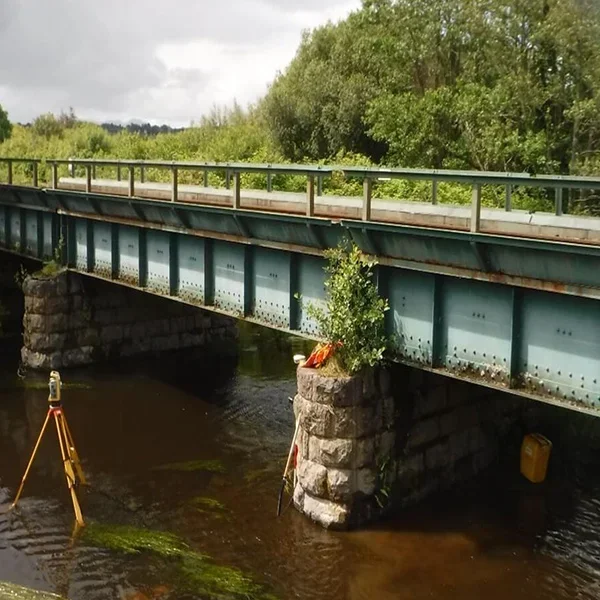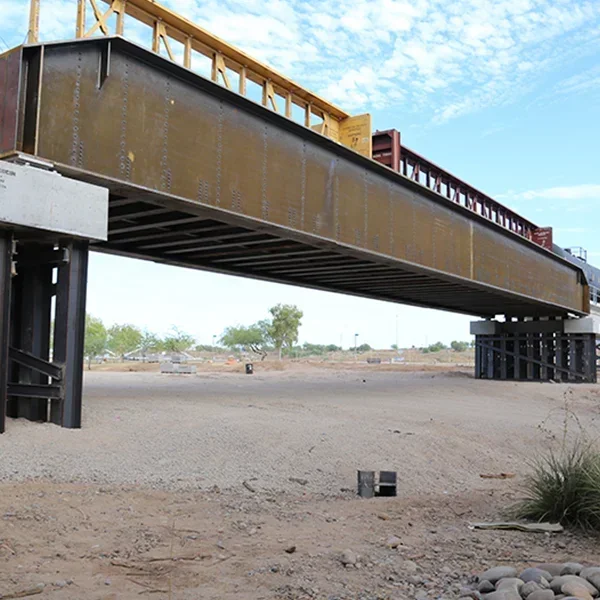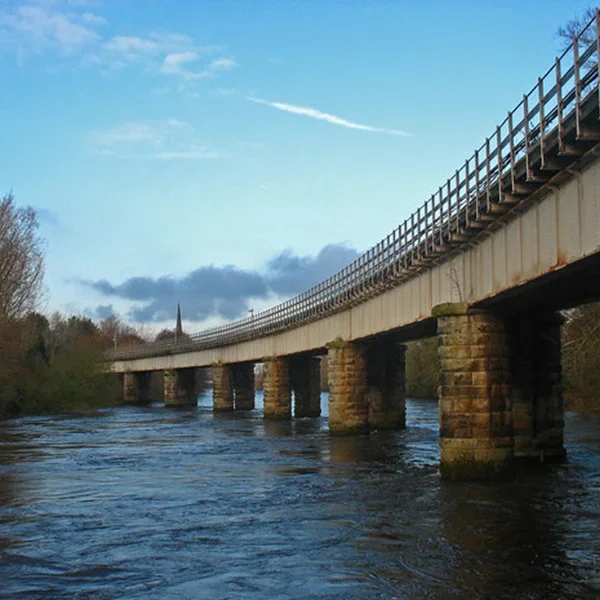Bridges are some of the most impressive structures in the world, connecting communities and spanning across vast distances. From arch bridges to suspension bridges, there are a variety of types that have been designed over time. However, one type stands out for its unique design: steel box girder railway bridges. In this blog post, we'll take a closer look at how these bridges differ from other types and explore their advantages and disadvantages. So buckle up and get ready to discover the engineering secrets behind these impressive feats of construction!
The Different Types of Bridges
Bridges come in all shapes and sizes, each with its unique design and purpose. One of the earliest types of bridges is a beam bridge, which consists of horizontal beams supported by piers or abutments at either end. They are commonly constructed from wood or steel.Arch bridges are another type that have been around for centuries. These structures feature an arch-shaped span that distributes weight evenly across two supports on opposite ends. Arch bridges can be made of stone, concrete, or steel.Cable-stayed bridges utilize cables to support the deck rather than relying on vertical pillars like other designs such as suspension bridges do. They offer excellent stability and can span large distances without requiring as many support towers.Suspension bridges use massive cables to suspend the roadway between towers anchored into solid ground foundations. The engineering behind these structures requires careful calculations to ensure they remain stable over time and provide safe passage for vehicles and pedestrians alike.
These are just a few examples of different types of bridge designs used throughout history!

The Design of a Steel Box Girder Railway Bridge
Steel box girder railway bridges are a common form of infrastructure that serve as an essential transportation link, spanning over land and water bodies. The design of these bridges is unique compared to other types of structures because they use rectangular or square-shaped boxes made from steelplates welded together.The design typically comprises two main girders which are located on either side of the bridge deck. These girders support the weight of the structure, including trains and their cargo. The space between them forms a hollow core where utilities such as electricity cables, gas pipelines and drainage systems can be installed.The size and shape of the steel box girder depend on several factors including span length, loads expected during operation, construction material costs among others. Engineers must consider all these aspects when designing for strength, durability and safety.In addition to supporting heavy loads with minimal deflection or deformation over long spans, this type of bridge also has excellent resistance to wind-induced vibrations caused by high-speed trains passing through it.The design process involved in creating a steel box girder railway bridge involves careful consideration given to various criteria such as structural integrity requirements; environmental impacts like noise pollution; cost-effectiveness versus durability trade-offs - making it one fascinating area in civil engineering today!
The Advantages of a Steel Box Girder Railway Bridge
A steel box girder railway bridge has several advantages over other types of bridges. First and foremost, these bridges are incredibly durable and can withstand heavy loads without sustaining damage. This is because the design of a steel box girder provides excellent resistance to bending and torsion.Another advantage is that they are relatively easy to construct compared to other types of bridges. Steel girders can be prefabricated off-site, which makes the construction process faster and more efficient.Steel box girder railway bridges also require less maintenance than other types of bridges. They're resistant to corrosion, meaning they don't need regular painting or protective coatings like concrete or wooden structures do.These structures have an aesthetic appeal that's hard to match with any other type of bridge design. The sleek lines created by the curved top flange make them visually striking and modern-looking.A steel box girder railway bridge is an ideal choice for those looking for a durable, low-maintenance structure with superior load-bearing capabilities while still being aesthetically pleasing in appearance.

The Disadvantages of a Steel Box Girder Railway Bridge
While steel box girder railway bridges have many advantages, there are also some disadvantages to consider when choosing this type of bridge design.One major disadvantage is the high cost of construction. Steel box girders require a lot of material and labor to construct, making them one of the most expensive types of bridges to build.Another potential issue with steel box girder railway bridges is maintenance. Due to their complex design and materials, regular inspections and upkeep can be costly and time-consuming. Any damage or deterioration must be addressed promptly to ensure the safety and longevity of the bridge.In addition, steel box girder railway bridges may not be suitable for certain locations or environments. For example, if a bridge must span over a particularly wide or deep body of water, other designs may be more appropriate due to limitations in the length and weight capacity of steel box girders.While steel is highly durable in general, it can still corrode over time when exposed to harsh weather conditions or saltwater environments. This means that proper protective coatings must be applied regularly during maintenance checks.While there are certainly some drawbacks associated with using a steel box girder railway bridge design, they remain an excellent choice for many transportation infrastructure projects due to their strength and versatility.
Conclusion
The design of a steel box girder railway bridge differs significantly from other types of bridges. Its unique design allows for greater spans to be built without compromising on structural integrity and safety. The usage of steel as the primary material also provides high strength-to-weight ratio and reduces maintenance costs in the long run.Despite its advantages, a steel box girder railway bridge may not always be suitable for all situations due to factors such as cost, construction time, and environmental impact. Therefore, it is essential to carefully consider these factors before selecting a particular type of bridge design.Engineering innovations like steel box girder railway bridges demonstrate how modern technology can transform traditional structures into more efficient and resilient ones that meet our evolving transportation needs.Welcome to contact us,if you need.[email protected]
